The richest man in history? The story of Mansa Musa's fortune
You won't believe the stupendous wealth of the real-life King Midas
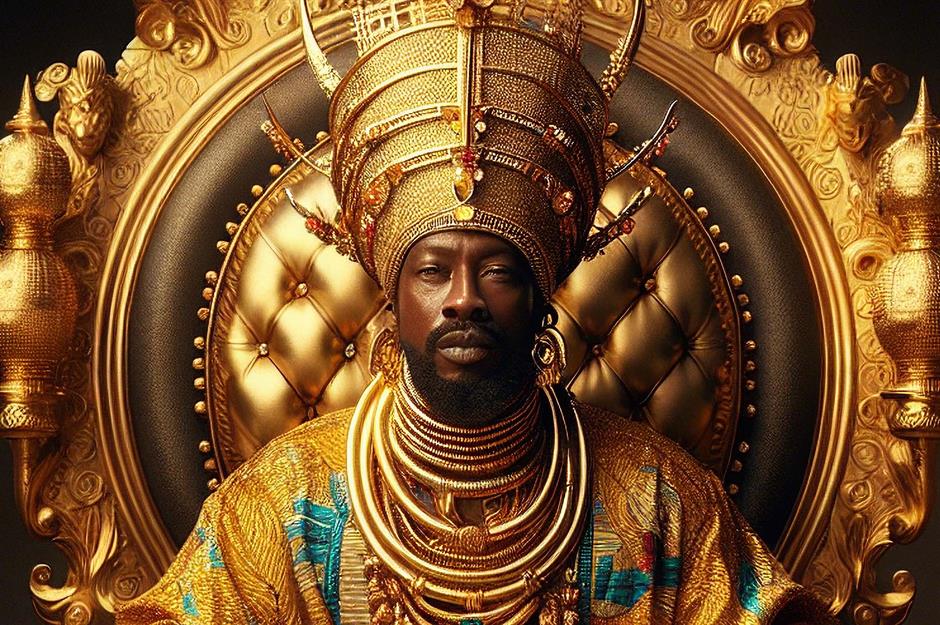
Mansa Musa ruled the Mali Empire in the early 14th century at the height of the West African kingdom's power. The emperor controlled as much as 80% of the global gold supply and wowed the medieval world with an epic pilgrimage to Mecca, travelling with an entourage of thousands and giving out enormous quantities of the precious metal along the way.
Widely regarded as the richest person of all time, his wealth is the stuff of legend. But what was he really worth and how does he compare to today's super-rich? Read on to discover the incredible truth about Mansa Musa and his fortune.
All dollar amounts in US dollars
Mansa Musa's vast empire
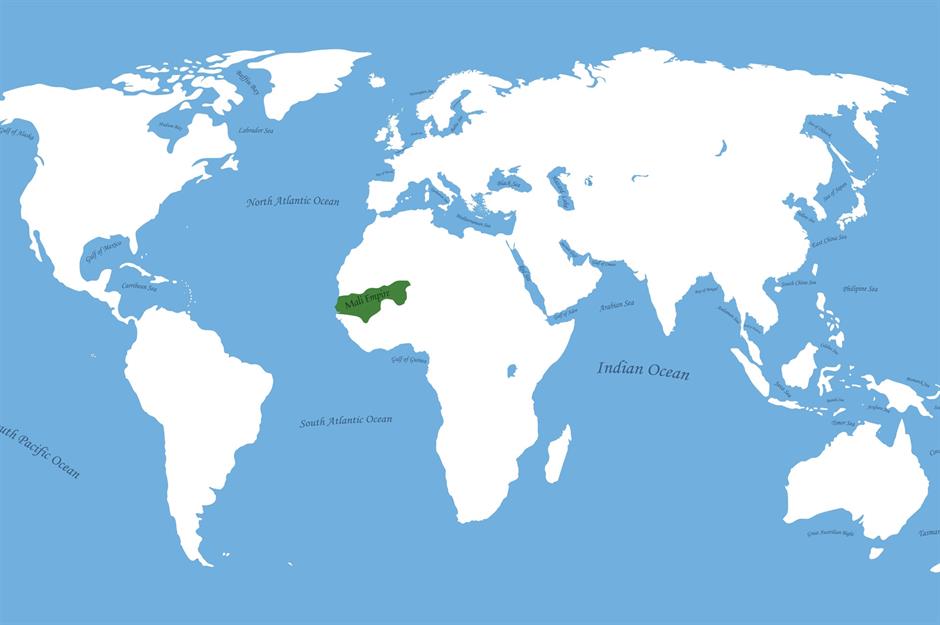
Mansa Musa was born sometime during the late 13th century, presumably in the Mali Empire's capital. Founded in 1230 or thereabouts by warrior "Lion King" Sundiata Keita, the empire swiftly became a force to be reckoned with.
By the end of Mansa Musa's reign, it stretched from the Atlantic coast of West Africa to deep within the Sahel and Sahara, covering parts of nine modern-day countries. At the time, only the Mongol Empire was larger. A testament to his realm's immense size, Mansa Musa reportedly boasted it would take a year to travel from one end to the other.
The Mali Empire's amazing resource wealth

The Mali Empire was blessed with bountiful natural resources. The gold fields in the south of the region produced more of the precious metal than any other place during the 14th century, according to historian Richard Smith.
Much of this gold found its way to Europe, where it was used to mint coins, make jewellery, and illuminate manuscripts. Gold from the Mali Empire was also exported to many other parts of the Old World.
The Mali Empire's lucrative trade
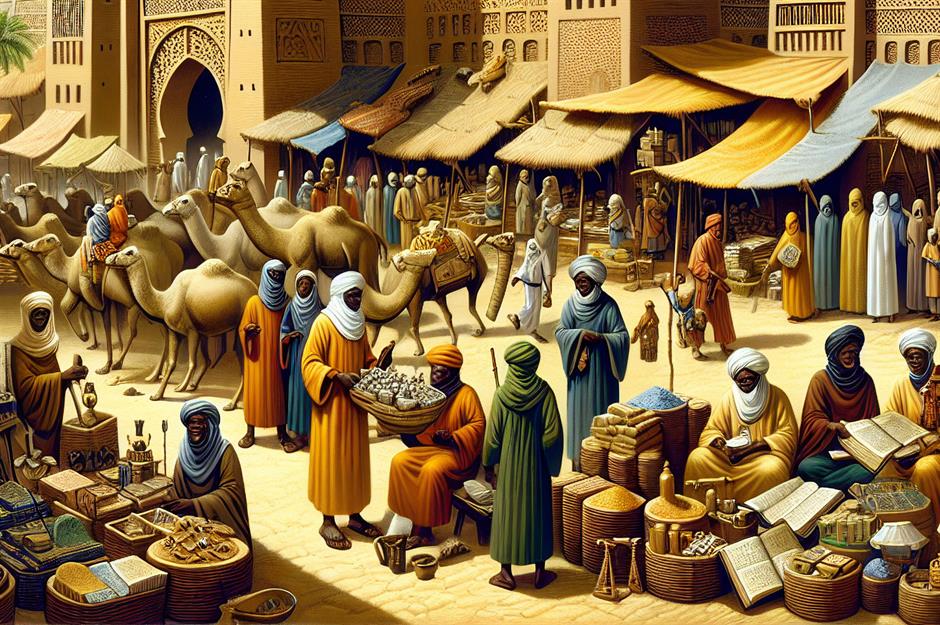
The empire also dominated the salt market. At the time, salt was so highly prized that it was sometimes exchanged ounce-for-ounce with gold.
In fact, the Mali Empire traded a wide array of lucrative commodities, including copper, ivory, kola nuts, cotton, and livestock, which were typically exchanged for silks, spices, and ceramics. Much more troublingly, enslaved people were also bought and sold in large numbers.
The Mali Empire's trade-related riches
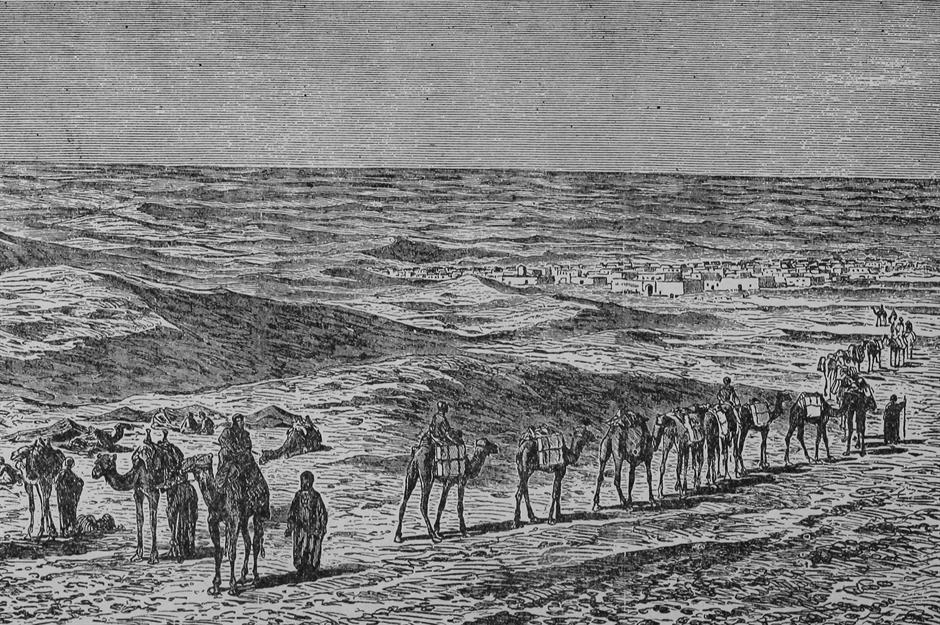
Crucially, the Mali Empire controlled West Africa's key trade routes and protected them from bandits. The ruling mansa (which roughly translates to sultan, king, or emperor) heavily taxed the caravans that passed through the realm.
The mansa also demanded tributes from gold miners and other commodity producers. Inundated with taxes and tributes, the empire became very rich indeed. A formidable military and efficient administration facilitated this accumulation of wealth, which grew to breathtaking proportions during Mansa Musa's reign.
Mansa Musa ascends to the throne

Mansa Musa ascended to the throne in 1312. According to a story he's believed to have told in Cairo during his journey to Mecca, Mansa Musa's predecessor was obsessed with discovering the edge of the Atlantic and embarked on a grand voyage to find it, helming a fleet of 2,000 ships.
Mansa Musa was appointed to deputise in his absence. When the ruling mansa and his fleet never returned, he was crowned 9th Mansa in his place. There's a theory that the ships reached South America, but most historians refute it. Experts have also cast doubt over Mansa Musa's account; it's possible he made it up as entertainment or to conceal how he really came to power, which may have involved him deposing the 8th Mansa.
Mansa Musa's military might
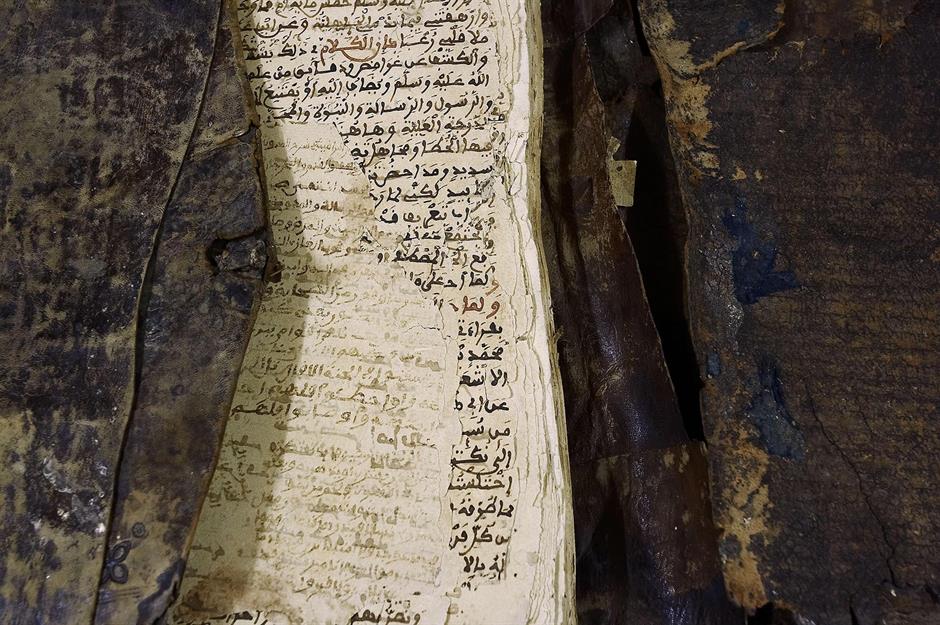
Mansa Musa's time on the throne is generally characterised by peace and stability. But the early years of his reign were marked by conflict with neighbouring countries. Partly in preparation for his spectacular pilgrimage to Mecca, the emperor ordered raids to capture people and territory. Historian Michael Gomez has suggested thousands of people a year were enslaved by the Mali Empire.
Backed by an army of 100,000 highly skilled warriors, Mansa Musa met relatively little resistance, and the empire rapidly expanded. During his reign, as many as 24 cities and their territories were conquered or peacefully annexed, including the important trade and cultural centres of Gao and Timbuktu.
Mansa Musa departs for Mecca

Mansa Musa was finally ready to depart on his epic pilgrimage to Mecca in early 1324. Muslims who are physically and financially able are required to perform the Hajj at least once during their lifetime. Devoted to his religion, Mansa Musa took the obligation very seriously. But the pilgrimage would also allow him to show off his fabulous wealth and forge trade deals and military alliances with other Islamic nations, literally putting the Mali Empire on the map.
Out to impress, the ridiculously wealthy ruler pulled out all the stops...
Mansa Musa's moving city
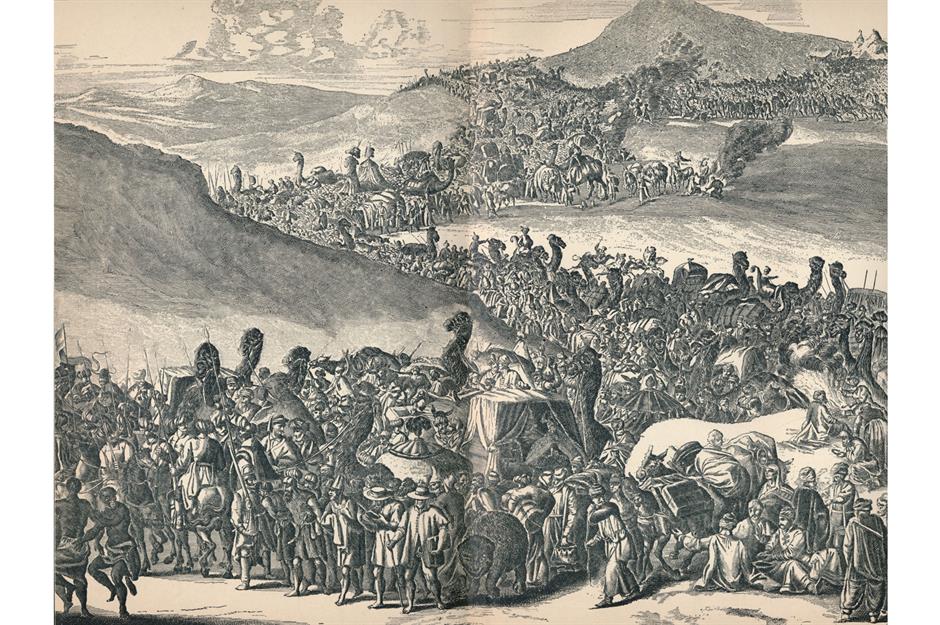
Mansa Musa set off with an entourage numbering an astonishing 60,000. According to the BBC, which describes the caravan as “a city moving through the desert”, the emperor took the entire royal court and officials, soldiers, griots (entertainers), merchants, camel drivers, and 12,000 enslaved people, together with a long train of livestock.
The entire retinue wore the finest Persian silks and gold brocades. Between 80 and 100 camels were laden with hundreds of pounds of gold dust apiece, and all 12,000 enslaved people carried gold bars. Mansa Musa is said to have been preceded by 500 enslaved people wielding gold staffs. Stretching beyond the horizon, the caravan – a cruel and grotesque demonstration of wealth by today's standards – was nothing short of spectacular.
Mansa Musa's boundless generosity en route
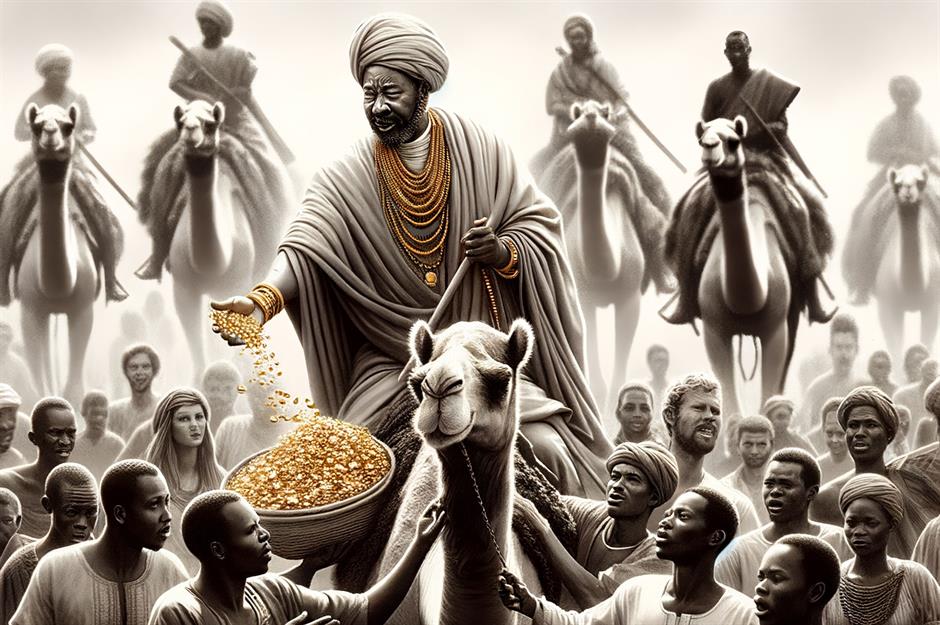
Although some historians have questioned the caravan's size, its impact was undoubtedly huge.
The caravan's route to Mecca spanned over 2,000 miles, mainly through unforgiving desert. After leaving the capital, Mansa Musa and his retinue travelled to the trading city of Walata in modern-day Mauritania, then to salt-mining hub Taghaza (now in Algeria), and the oasis city of Tuat (also in modern-day Algeria). Gold was liberally distributed at each stop, with gold dust handed out to the poor and more substantial bars gifted to the elites. The party also traded gold for souvenirs, boosting local economies.
Mansa Musa's religious devotion

In addition to this apparent generosity, Mansa Musa's piety and devotion to the Islamic faith endeared him to many of the people the pilgrimage caravan encountered. Mansa Musa is even said to have built a mosque wherever the caravan stopped on a Friday.
The impeccable behaviour of the ruler's entourage also made an excellent impression. As a PR exercise, the journey was a resounding success. But the most lavish gifts were saved for the bustling metropolis of Cairo, which Mansa Musa reached in July 1324.
Mansa Musa meets the Egyptian Mamluk ruler
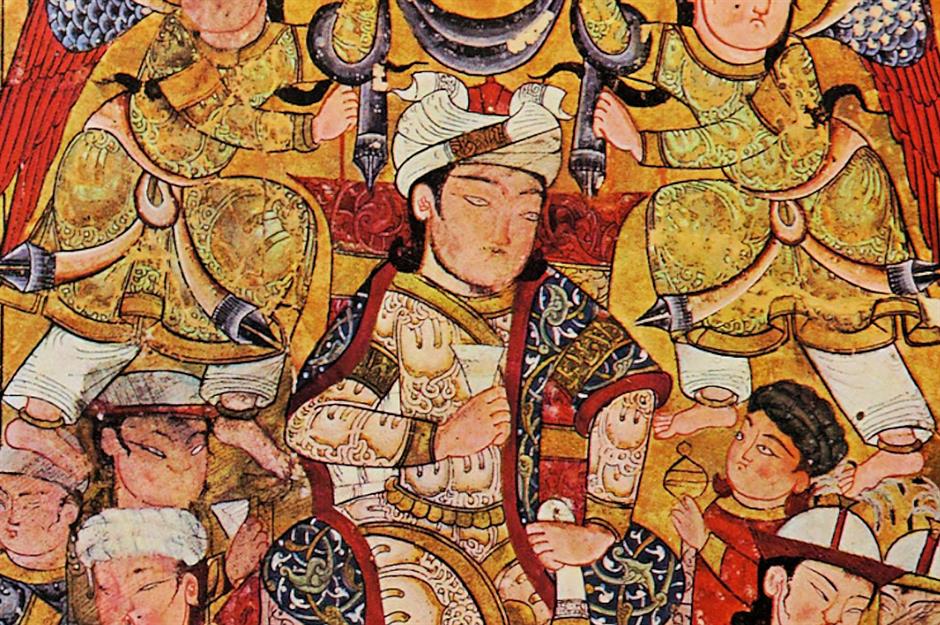
The caravan caused a sensation in the city of one million people. Back then, Egypt was part of the Mamluk Sultanate, which extended into the Levant and what is now western Saudi Arabia, covering the Islamic cities of Mecca and Medina.
A diplomatic spat was averted when Mansa Musa met with the Mamluk ruler Al-Nasir Muhammad not long after he arrived in Cairo. Both leaders were reluctant to submit to the other. The stand-off could have turned nasty, but Mansa Musa skilfully navigated the situation by kissing the ground and praising Allah instead. This diffused the tension and enabled the leaders to save face. Flattered further with a gift of 50,000 gold dinars, the sultan lent Mansa Musa a palace and ensured his retinue was well looked after.
Mansa Musa's stay in Cairo

Esteemed guests of the Mamluk sultan, Mansa Musa and his entourage showed their appreciation by handing out gold to everyone they met, from beggars to royal officials. They also went on extravagant shopping sprees, buying souvenirs from Cairo's multitude of merchants, often at massively inflated prices.
The caravan stayed in Cairo for three months before it left for Medina, the penultimate stop on the pilgrimage journey.
Mansa Musa finally makes it to Medina and Mecca
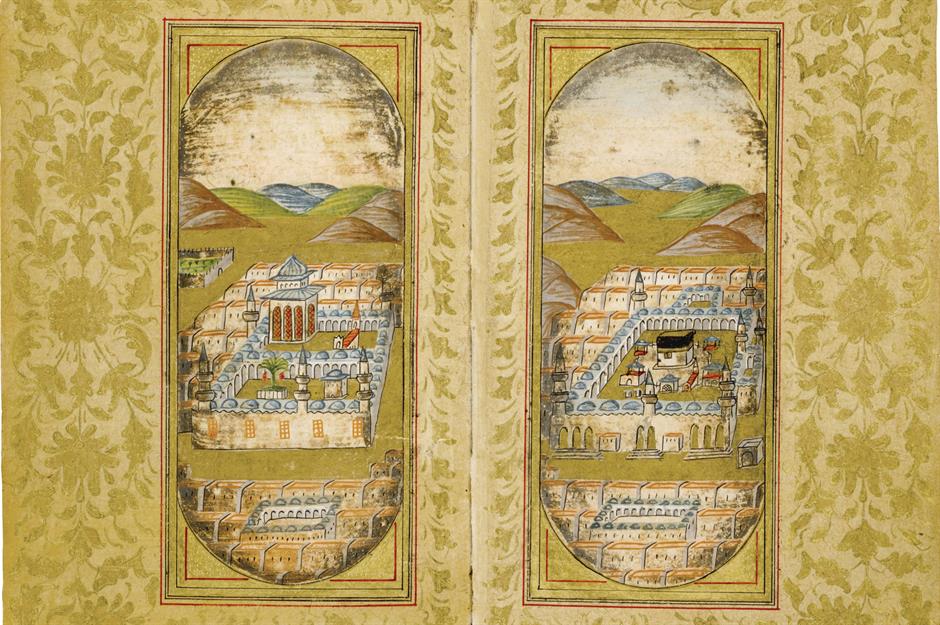
Needless to say, the people of Medina and pilgrims to the city were showered with gold. Mansa Musa and his retinue finally arrived in Mecca in December – the Hajj took place from 3 December to either 7 or 8 December 1324.
Mansa Musa's seemingly limitless generosity continued during his time in Islam's holiest city, currying favour with Mecca natives and pilgrims alike.
Mansa Musa runs out of gold?
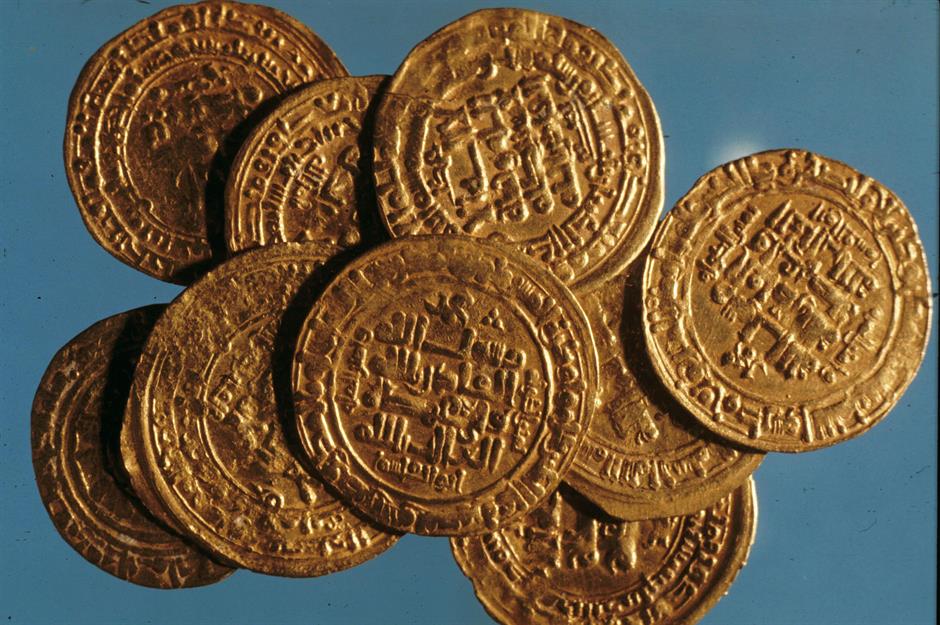
After completing the Hajj, Mansa Musa and his entourage began the long journey home. Historical accounts differ starkly on what happened next.
According to one account, Mansa Musa ran out of gold after his party was hit by catastrophe while returning to Cairo, with many dying from cold, starvation, or as a consequence of bandit raids. The emperor and his entourage then had to sell what valuables they had left and borrow at an inflated rate from Cairo's moneylenders.
Mansa Musa crashes the Egyptian economy
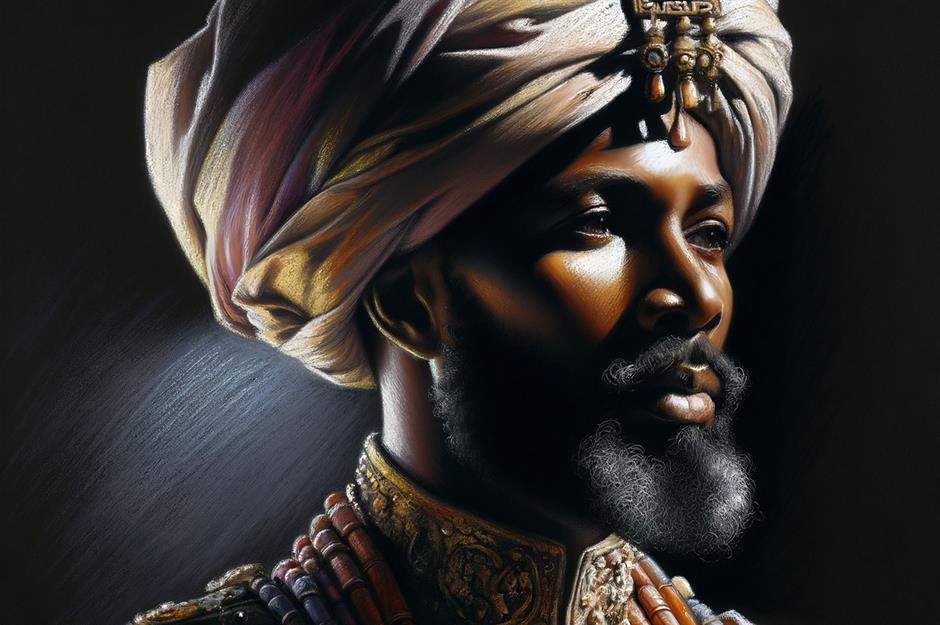
Other accounts suggest Mansa Musa returned to Cairo flush with gold and valuables. In this this version of events, the emperor's lavish giving had led to a depreciation of the price of gold, crashing the Egyptian economy. SmartAsset has crunched the numbers and estimates the devaluation amounted to the equivalent of $1.5 billion (£1.1bn) in today's money. It's said the economy took as long as 12 years to recover.
Mansa Musa purportedly attempted to undo the damage by borrowing back a large amount of the gold at exorbitant rates. The price rebounded, only to fall away again when the emperor settled his debts in one monster transaction. Investopedia has dubbed the royal “a one-man macroeconomic cycle” for the boom-and-bust pattern he allegedly perpetuated.
Mansa Musa takes over Gao and Timbuktu
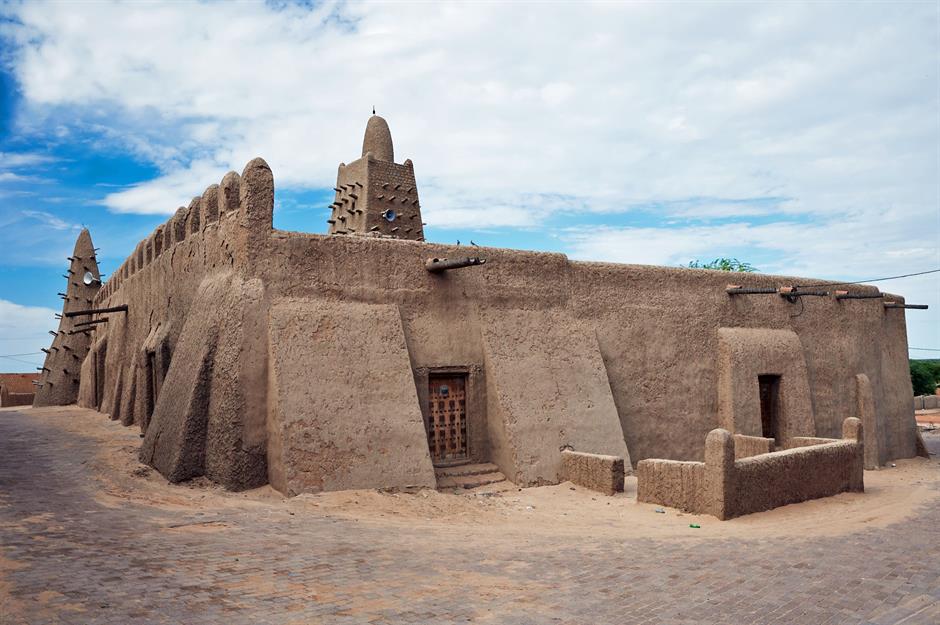
Mansa Musa and his entourage returned to the Mali Empire via a more southern route, stopping at the cities of Gao and Timbuktu, new additions to the empire, which – depending on the account – either submitted peacefully or were conquered by the Malian military.
The emperor transformed Timbuktu into a centre of Islamic culture and learning. He funded mosques, madrasas (educational facilities), and other major public buildings, notably bankrolling the iconic Djinguereber Mosque (pictured) and the University of Sankoré, which reportedly had more books and manuscripts than any comparable institution in Europe.
Mansa Musa's illustrious reign
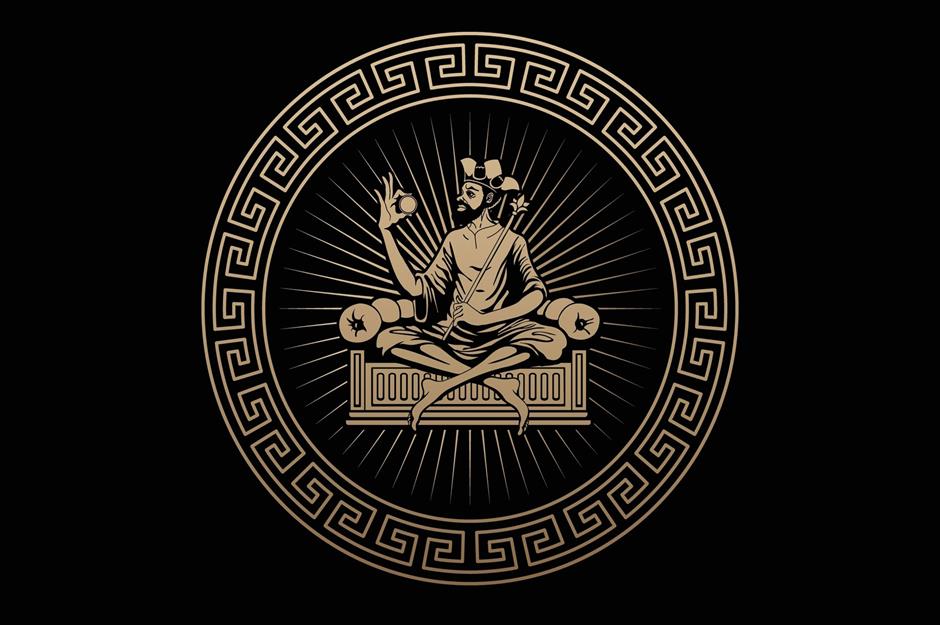
The latter part of Mansa Musa's reign was peaceful and prosperous. At its height, the Mali Empire had a population of up to 40 million and a total of 400 cities inhabited by people of different ethnicities and faiths. Citizens of the Mali Empire enjoyed religious freedom, which wasn't the case in many other medieval kingdoms where those of alternative faiths were typically persecuted.
Mansa Musa's benevolence doesn't take away from the fact that countless people were enslaved under his rule.
Mansa Musa's death and the decline of the Mali Empire

Mansa Musa is thought to have died around 1337, though some historians claim he could have passed away as early as 1332.
The Mali Empire entered into a long period of decline after his death. Competing trade centres and internal strife weakened the kingdom and much of its territory was taken over by Tuareg nomads and the rival Songhai Empire. The last Mansa died in 1610 and the final vestiges of the Mali Empire, a smattering of tiny chiefdoms, fell to Morocco in 1670.
Mansa Musa's first appearance on a European map

As we've mentioned, Mansa Musa literally put the Mali Empire on the map. News of the lavish pilgrimage to Mecca spread throughout the Old World and the empire's vast gold reserves garnered legendary status. One tall tale described the kingdom as “a place of gold-producing plants whose nuggets were harvested like carrots.”
Italian-Majorcan cartographer Angelino Dulcert produced the first depiction of the emperor, which appeared on his 1339 map of Europe, Africa, and Asia. The image recently sparked a spurious debate over Mansa Musa's ethnicity, but people with darker skin types were often depicted as white in European art. It's also worth noting that no images were produced of Mansa Musa during his lifetime.
We do have some physical descriptions though. During the Hajj, he was described as a “young man, brown skinned, with a pleasant face and handsome appearance.”
Mansa Musa's famous depiction on the Catalan Atlas
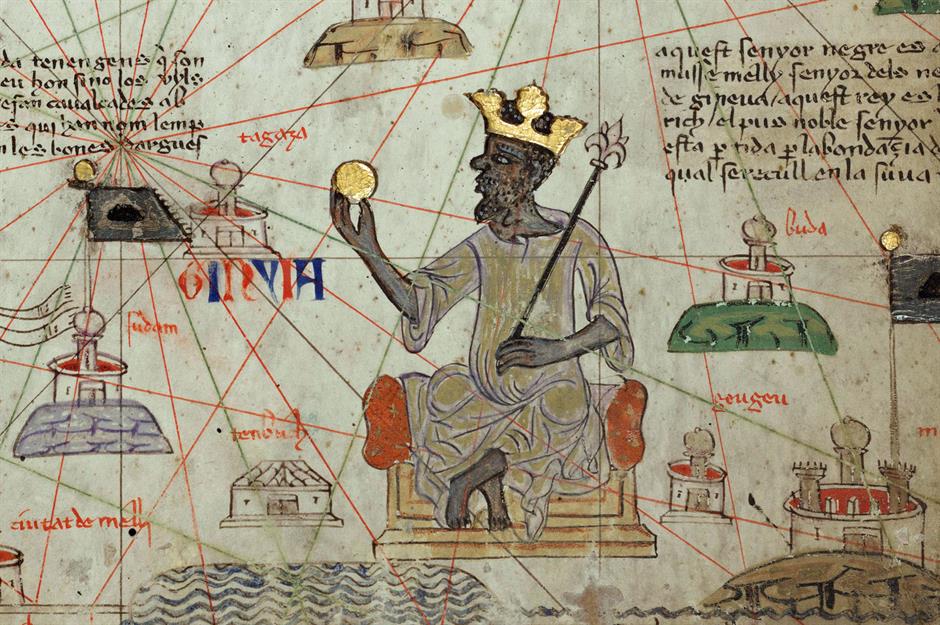
Much better known – and more accurate – is the depiction of Mansa Musa on the Catalan Atlas, which was created in Majorca around 1375 by cartographer Abraham Cresques, in all likelihood for King Peter IV of Aragon, who gave it to France's King Charles V. The emperor wears a gold crown and holds a golden orb. In a serendipitous twist, the gold used to illuminate the manuscript likely originated from the very kingdom Mansa Musa ruled over.
The image is accompanied by an inscription that partly reads: “This king is the richest and noblest of all these lands due to the abundance of gold that is extracted from his lands.” This acknowledgement of his wealth and power highlights the impact Mansa Musa and the Mali Empire had on the European imagination.
What was Mansa Musa really worth?
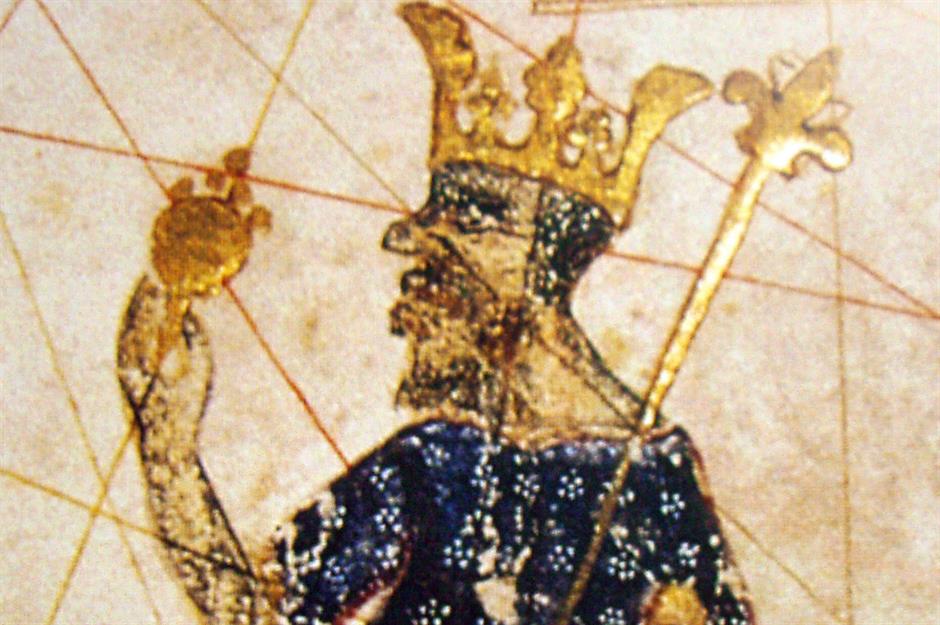
Now for the burning question: what was Mansa Musa really worth?
We hate to break it to you but economic historians have described the emperor's wealth as “incalculable”, “immeasurable”, and, as the BBC notes, “impossible to pin down”. There simply isn't enough historical data to give an accurate picture of the emperor's net worth. And even if the data existed, adjusting the figure for inflation would be incredibly challenging given how drastically the global economy has changed over the years. But that hasn't stopped some from trying...
Richest man of all time?
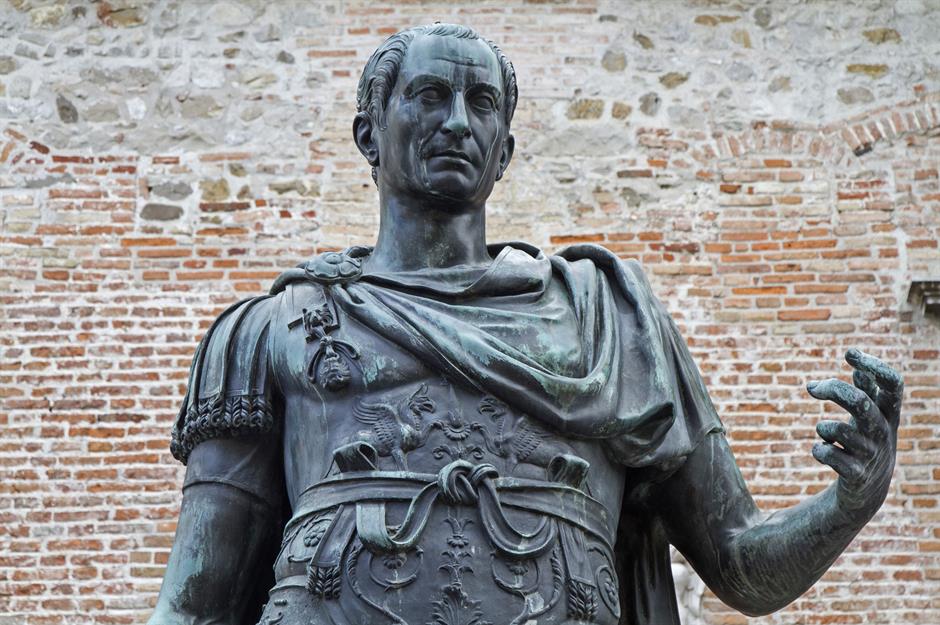
Celebrity Net Worth came up with an inflation-adjusted figure of $400 billion back in 2012, which has since been widely quoted.
Given $400 billion in 2012 translates to $548 billion (£417bn) in 2024, let's assume Mansa Musa was worth the equivalent of that tremendous amount of money. By many estimates, it would certainly make him the richest person of all time.
Some claim leaders such as Julius Caesar and Genghis Khan were worth the equivalent of trillions of dollars. But much of their wealth was in the form of land their armies conquered, and it's debatable whether they personally owned such gargantuan fortunes or were simply custodians of the wealth their empires had amassed.
How does Mansa Musa's wealth compare to the fortune of the richest person in modern history?

Comparing Mansa Musa's estimated wealth to the inflation-adjusted or current fortunes of the super-rich, past and present, can give us an idea of how affluent he really was.
Looking back through history, Mansa Musa's wealth was greater than the combined fortunes of Gilded Age industrialists John D Rockefeller (pictured) and Cornelius Vanderbilt, who were the richest people in the world when their respective fortunes peaked. John D Rockefeller is widely considered the wealthiest person in modern history, with an estimated peak net worth of $340 billion (£259bn) in 2024 money.
How does Mansa Musa's wealth measure up to today's richest individuals?
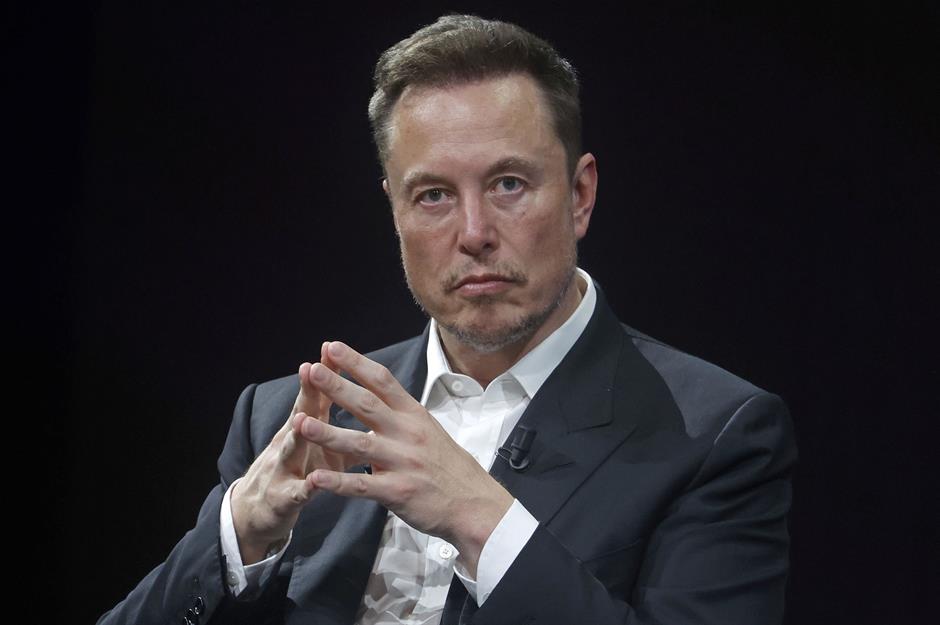
In November 2021, Elon Musk became the first person to be worth more than $300 billion (£229bn). However, taking inflation into account, this number falls way short of Mansa Musa's figure. Musk is currently the world's richest person, though his net worth has dropped to $242 billion (£185bn).
Incredibly, Mansa Musa's wealth more or less equated to the combined fortunes of Musk, Jeff Bezos, the second richest person on the planet, and media mogul-turned-politician Michael Bloomberg.
Mansa Musa was 422 times richer than Taylor Swift
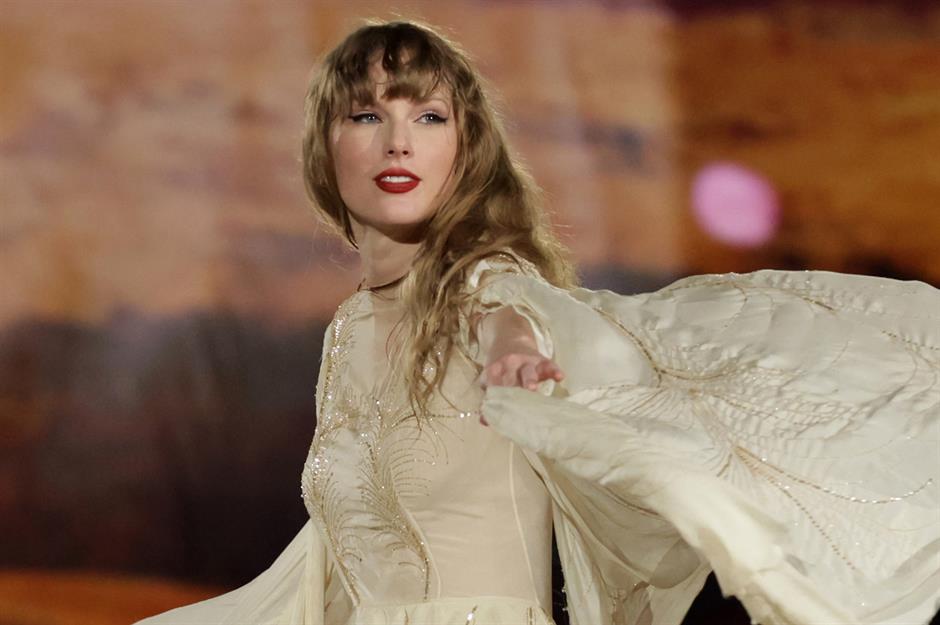
For further comparison, Mansa Musa was over five times richer in relative terms than Nvidia boss Jensen Huang. The emperor had 12 times more wealth than the world's current richest monarch, King Maha Vajiralongkorn of Thailand, and was 46 times more flush than Africa's wealthiest person right now, South African businessman Johann Rupert.
Mansa Musa was 219 times wealthier than Jay-Z, while the emperor's net worth eclipsed Taylor Swift's by a ratio of 1 to 422.
But as Insider Monkey has pointed out, the average worker in the US and other developed countries is "richer" than Mansa Musa ever was when factors like healthcare, diet, and living conditions are considered. Ultimately, while Mansa Musa's wealth was extraordinary, it's important to remember the context of his time and the limitations of historical wealth comparisons.
Now discover how a poor Scottish boy became the world's richest man
Comments
Do you want to comment on this article? You need to be signed in for this feature